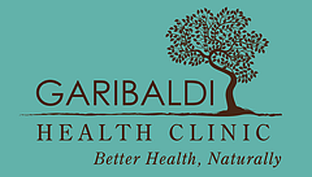Arthritis
Older readers of this column will probably remember their parents or grandparents complaining about the aches and pains of rheumatism, particularly in cold, damp weather.
Although the terminology has changed, our forebears were correct in their diagnosis and also right about the effect of climate. Little used today, rheumatism was used as a generic term for a variety of diseases that attack our joints. Most likely grandpa and grandma suffered from what we would now call arthritis.
Arthritis is itself a generic term, though today it is most commonly applied to three forms of the disease: osteo, rheumatoid and septic arthritis. All three have distinct characteristics but do most of their damage in the same place – to the cartilage that cushions our joints, allowing them to work smoothly without the bones grinding one against another.
By far the most common of these is osteoarthritis, so common in fact that 80% of people over age 50 will have some trace of it in their body. In many of these cases, the disease will never progress beyond minor symptoms. A stiff finger, perhaps, or a wrist or knee that complains occasionally. In the worst cases, however, osteoarthritis can be crippling.
The onset of rheumatoid arthritis occurs earlier than osteoarthritis (in children it is called Still’s disease) and its effects can be much more widespread. Again, the joints are the principal target, but there can also be a variety of systemic symptoms, among them anemia, fatigue, swelling of blood vessels and inflammation of the pericardium, the membrane surrounding the heart. The disease occurs in no more than three percent of the population, with women three times more likely to be affected than men.
Arthritis can take many forms – septic (bone infection), psoriasis (a skin disease), ankylosing spondylitis (a crippling spinal disorder that afflicts men in an 8:1 ratio over women). In all its forms, arthritis is progressive and degenerative; it can be slowed, even stopped, but not reversed. Cartilage, the principal target, has almost no capacity to regenerate itself. Once damaged, it stays damaged.
Early detection is therefore critical. The diagnostic tools are blood tests, x-rays, and family history. Although drug treatment can relieve symptoms and even slow the progress of the disease, arthritis pharmaceuticals are prone to diminishing effectiveness and serious side effects. Diet modification, herbal remedies, acupuncture and massage therapy are alternatives.
Since the cause of arthritis remains unknown, there is no sure way to prevent it. But regular exercise and a healthy diet can only help. And remember: arthritis often first appears at the site of an old injury. If you suspect that you’ve sprained or otherwise damaged a joint, get treatment immediately.
©Dr. Ashely Gordon, 2004.

